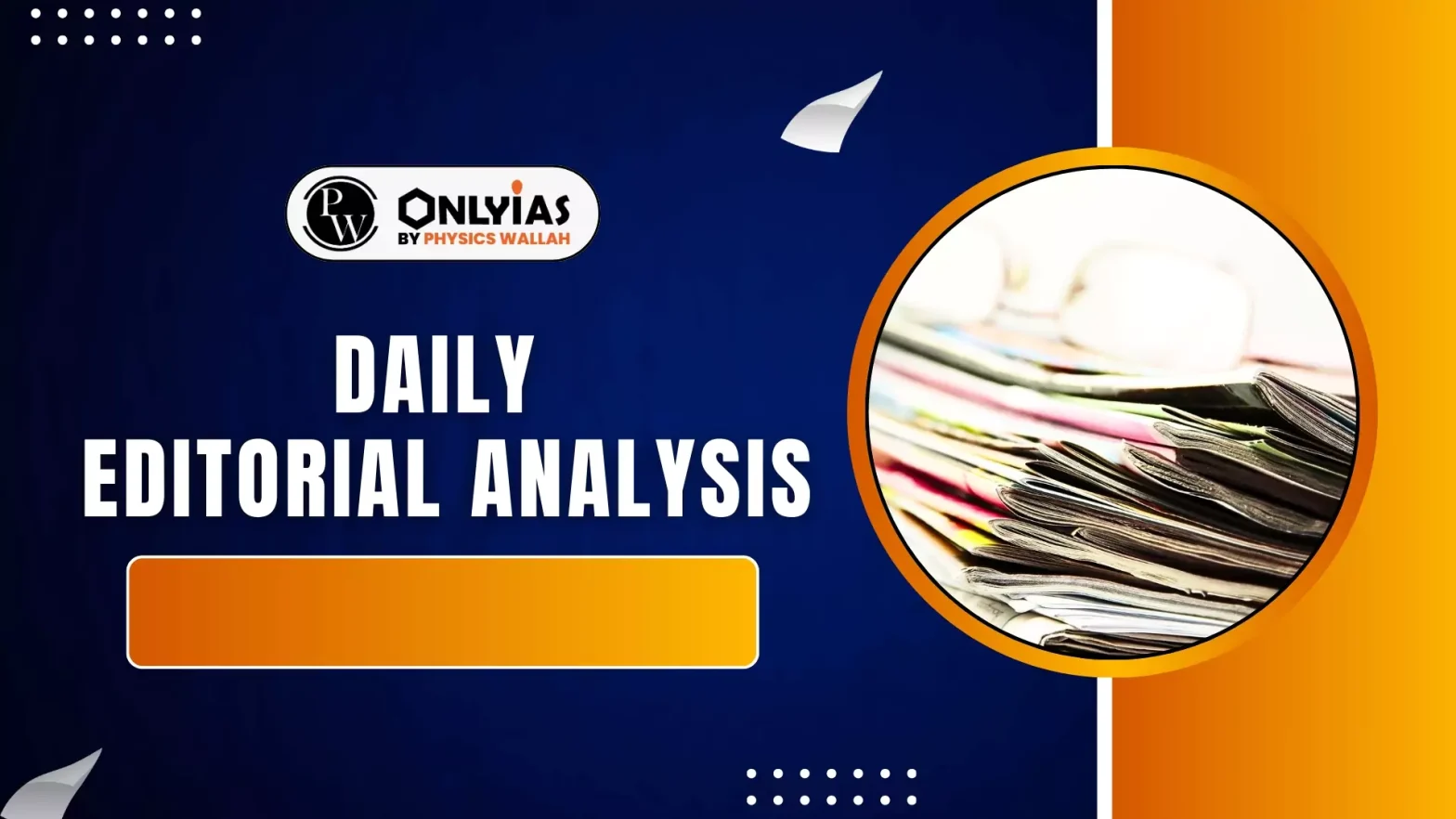On August 18, 2025, the White House hosted a multilateral summit with the U.S. President Trump, Ukraine’s President Zelenskyy, key European leaders, and NATO chiefs.
- The meeting took place just days after Trump’s August 15 meeting with Russian President Putin in Alaska and it reflected a renewed willingness to end the Ukraine war.
Europe’s Stance and Capabilities
- Europe has made its position clear: it is firmly committed to Ukraine’s security, irrespective of Washington’s stance.
- However, European leaders acknowledge their limitations; they lack the full capability to continue supporting Ukraine in a war it is not winning, especially if the United States were to cease its supply of weapons to Kyiv.
Key Challenges and Negotiation Points
- NATO Membership for Ukraine: Even before negotiations began, President Trump explicitly stated that Ukraine would not become a part of NATO.
- This move is considered a problematic negotiation strategy, as it effectively removes a major bargaining chip.
- NATO’s Article Five stipulates that an attack on one member is considered an attack on all, prompting a collective response from all members.
- Russia’s President Putin strongly opposes Ukraine’s NATO membership.
- By pre-emptively ruling out this possibility, the US lost leverage that could have been used to extract concessions from Russia.
- Security Guarantees: Given the unlikelihood of NATO membership, European leaders are actively pressing for some form of American support for security guarantees for Ukraine as part of a final settlement.
- Europe has already commenced planning to deploy a “reassurance force” to Ukraine, comprising troops from countries like the UK and France, intended to act as a deterrent rather than engage in direct combat.
- President Trump has signaled support for this concept, suggesting Europe would be “the first line of defence“.
- However, uncertainty persists regarding the extent of American involvement and whether the US will provide security guarantees to Ukraine.
- Territorial Concessions: A major sticking point is the ceasefire line and territorial control.
- Russia demands control over all of Donbas and seeks to freeze the frontline in the south.
- Ukraine and its European partners have, to date, ruled out any territorial concessions for peace. The resolution of this issue remains highly uncertain.
Way Forward
- Pragmatism from Ukraine: President Zelenskyy should consider adopting a pragmatic approach, prioritising Ukraine’s future security needs over current battlefield vulnerabilities.
- Realism from Russia: President Putin must recognise that the war, which commenced in February 2022, has not unfolded as expected and this presents his best opportunity to conclude the conflict.
- Mutual Concessions: Reaching a final peace agreement necessitates that both leaders make some concessions. If they remain rigid in their positions, a consensus will remain elusive.
Conclusion
The current momentum towards peace must not be wasted.
- The conflict has already resulted in millions of lives lost and immense suffering, besides significant damage to the global economy and increased inflation.
- The focus now remains on formulating a compromise that addresses both Ukraine’s future security requirements and Russia’s historical grievances.
![]() 20 Aug 2025
20 Aug 2025

